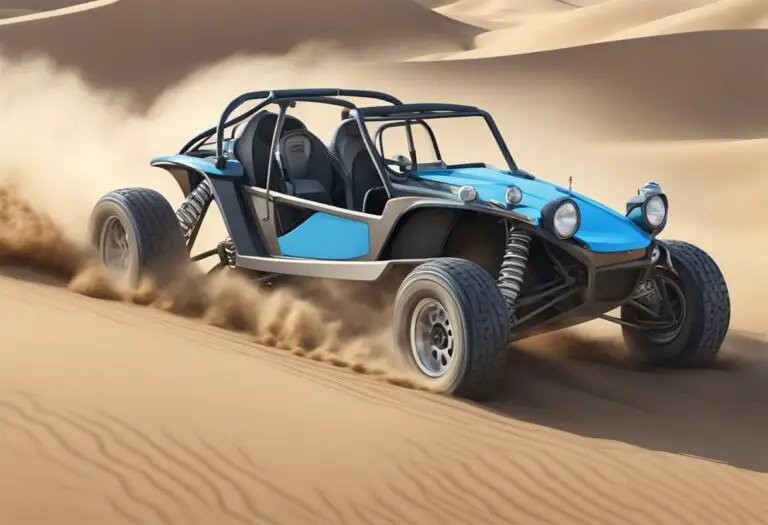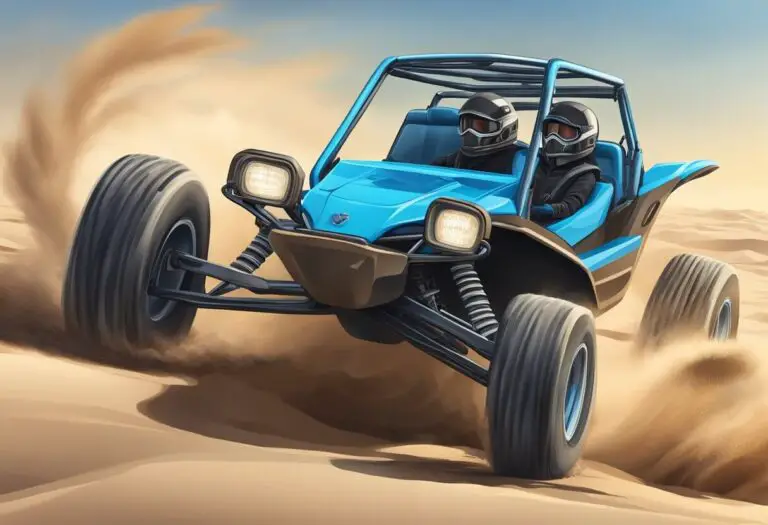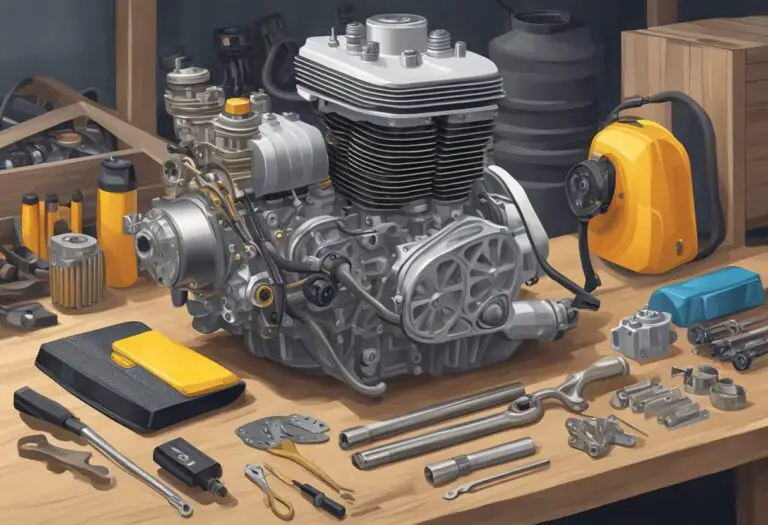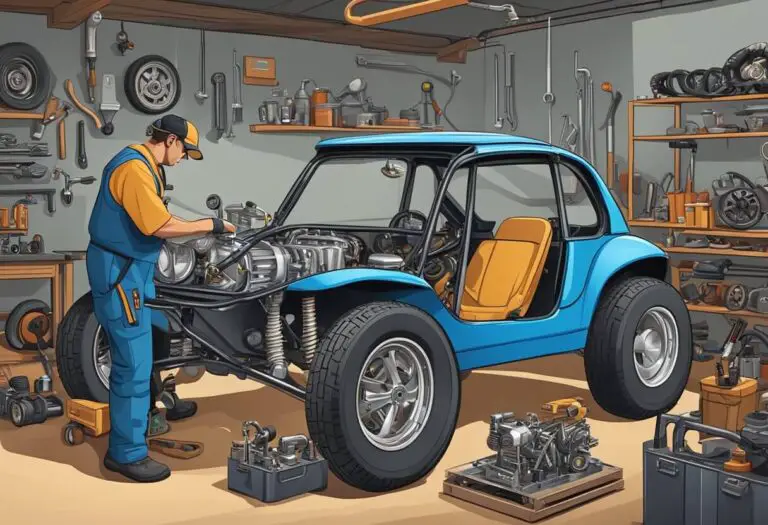Dune Buggy with VW Engine: A Powerful Combination
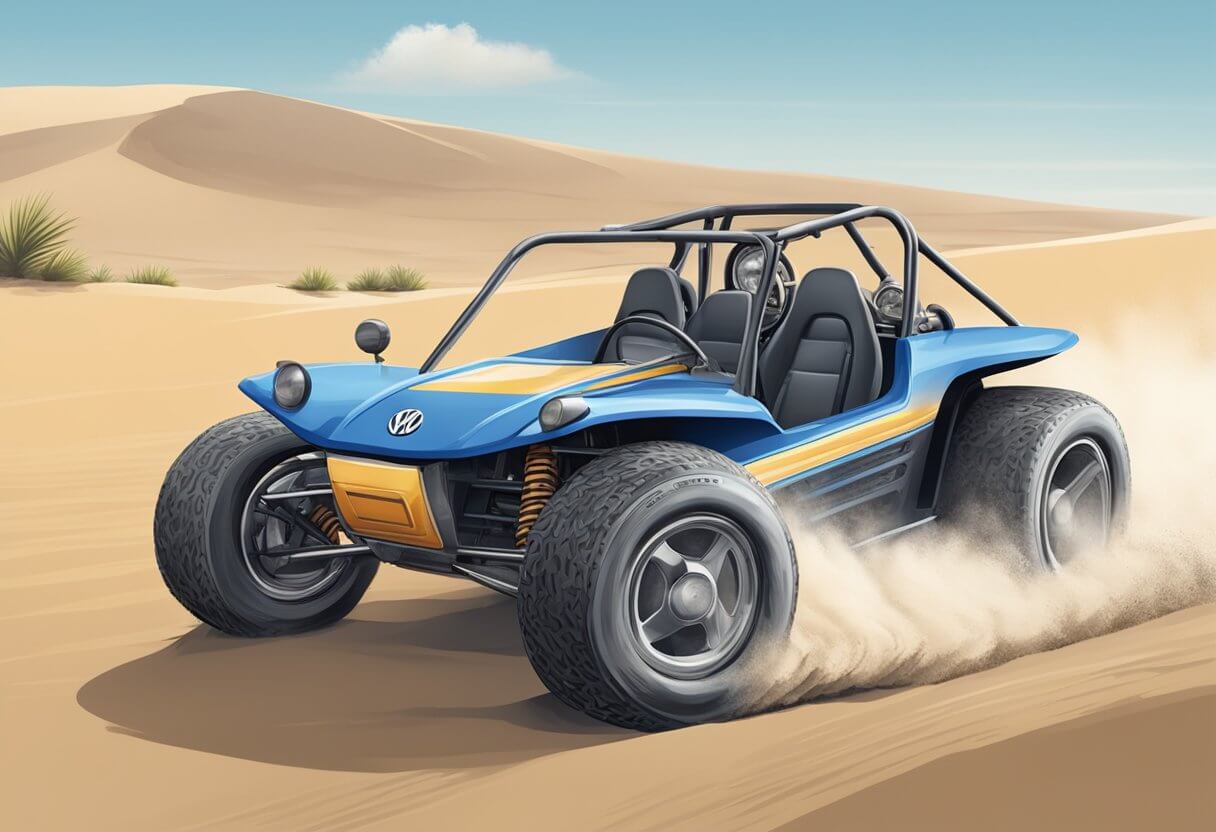
Dune buggies are a popular off-road vehicle that is known for its unique design and ability to traverse through sandy terrain. The Volkswagen (VW) engine is a common choice for dune buggy enthusiasts due to its reliability and performance. The air-cooled VW engine has been a staple in the dune buggy community for decades and continues to be a popular choice today.
The air-cooled VW engine is a simple and efficient design that has been used in a variety of applications, including the iconic VW Beetle. The engine’s compact size and lightweight make it an ideal choice for dune buggy enthusiasts who are looking for a powerful and reliable engine. The air-cooled engine is also easy to maintain, which is a crucial factor for off-road vehicles that are exposed to harsh environments.
When it comes to dune buggy engines, there are a variety of options available, including stock VW engines, performance engines, and custom-built engines. The choice of engine will depend on the driver’s needs and preferences, as well as the type of terrain they plan to traverse. With the right engine and proper maintenance, a dune buggy can provide years of off-road adventure and excitement.
History of VW Dune Buggy Engines
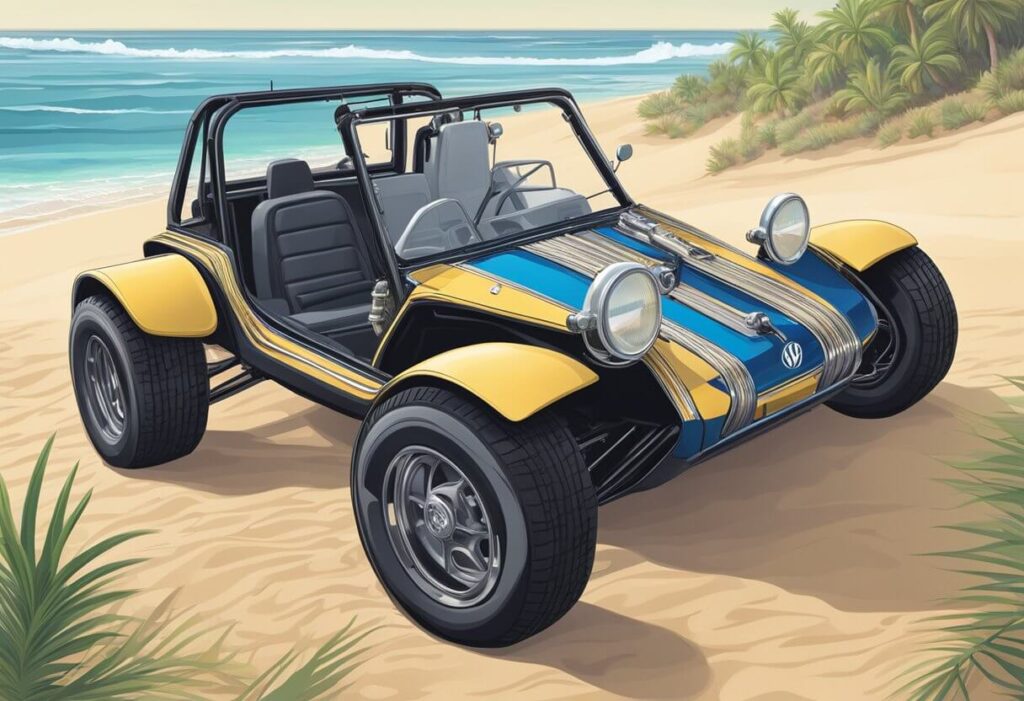
Dune buggies are a popular type of off-road vehicle that have been around since the 1960s. They are typically built on a Volkswagen (VW) chassis and powered by a VW engine. The VW engine is a four-cylinder air-cooled engine that was used in the VW Beetle and other VW models.
The VW engine was a popular choice for dune buggies because it was lightweight, reliable, and easy to work on. It was also relatively inexpensive compared to other engines available at the time. The VW engine was capable of producing a decent amount of power, which made it suitable for off-road use.
Over the years, the VW engine has undergone several changes and improvements. In the 1960s, the engine was a 1200cc engine that produced around 40 horsepower. In the 1970s, the engine was upgraded to a 1600cc engine that produced around 60 horsepower.
Today, there are several companies that specialize in building high-performance VW engines for dune buggies. These engines are typically built with high-quality components and are designed to produce more power than the stock VW engine. Some of the modifications that are commonly made to VW engines for dune buggies include:
- Port and polish the cylinder heads to increase airflow
- Install a performance camshaft to increase valve lift and duration
- Install a high-flow carburetor or fuel injection system to increase fuel delivery
- Install a performance exhaust system to increase exhaust flow
In summary, the VW engine has a long history of use in dune buggies. It is a reliable and lightweight engine that is capable of producing a decent amount of power. Over the years, the engine has undergone several changes and improvements, and today there are several companies that specialize in building high-performance VW engines for dune buggies.
Types of VW Engines for Dune Buggies

When it comes to choosing a VW engine for a dune buggy, there are two main types to consider: air-cooled engines and water-cooled engines. Each type has its own unique characteristics and advantages.
Air-Cooled Engines
Air-cooled engines are the traditional choice for dune buggies. They are simple, reliable, and easy to maintain. They also have a classic look that many dune buggy enthusiasts love. The most popular air-cooled engine for dune buggies is the VW Type 1 engine, also known as the “Beetle” engine. This engine comes in a variety of sizes, from the stock 69mm stroke to the 77mm stroke. There are also many piston options available, ranging from 77mm, 83mm and 85.5mm.
Another popular air-cooled engine for dune buggies is the VW Type 4 engine. This engine is larger and more powerful than the Type 1 engine, making it a good choice for those who want more speed and performance. However, it is also more complex and requires more maintenance than the Type 1 engine.
Water-Cooled Engines
Water-cooled engines are a newer option for dune buggies. They are more efficient and powerful than air-cooled engines, making them a good choice for those who want maximum speed and performance. They also run cooler, which can be an advantage in hot climates. The most popular water-cooled engine for dune buggies is the VW Golf engine. This engine comes in a variety of sizes and configurations, and can be modified for even more power and performance.
However, water-cooled engines are also more complex and require more maintenance than air-cooled engines. They also tend to be more expensive, which can be a disadvantage for those on a budget.
Engine Specifications and Performance
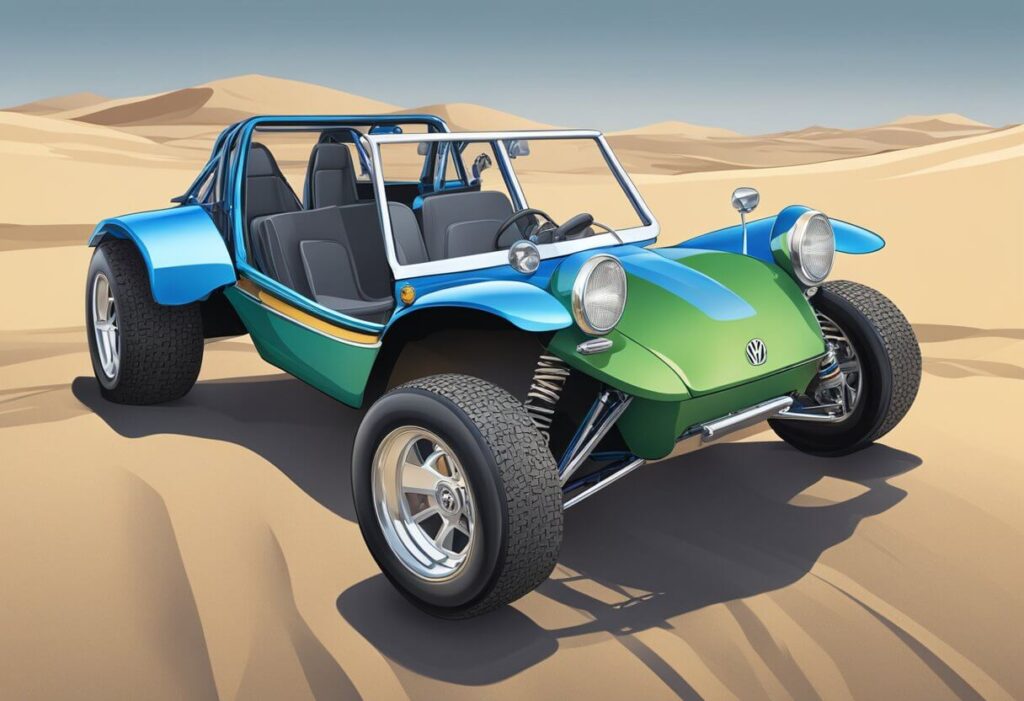
Dune buggies are known for their high-performance engines that can handle the toughest terrains. The VW engine is a popular choice for dune buggies due to its durability and power.
The VW engine used in dune buggies is typically an air-cooled, four-cylinder engine that comes in several sizes. Common sizes include 1600cc, 1776cc, and 1835cc. These engines are designed to handle the high demands of off-road driving and are often modified for even better performance.
One of the key advantages of the VW engine is its simplicity. The engine is easy to work on and maintain, making it a popular choice for DIY enthusiasts. It is also relatively affordable compared to other high-performance engines.
Dune buggy VW engines are often modified with performance parts such as high-performance camshafts, carburetors, and exhaust systems. These modifications can significantly increase the engine’s horsepower and torque, allowing the dune buggy to reach higher speeds and navigate tougher terrain.
In addition to modifications, proper tuning is essential for optimal engine performance. Tuning involves adjusting the engine’s timing, fuel mixture, and other settings to ensure maximum power and efficiency.
Engine Maintenance and Care
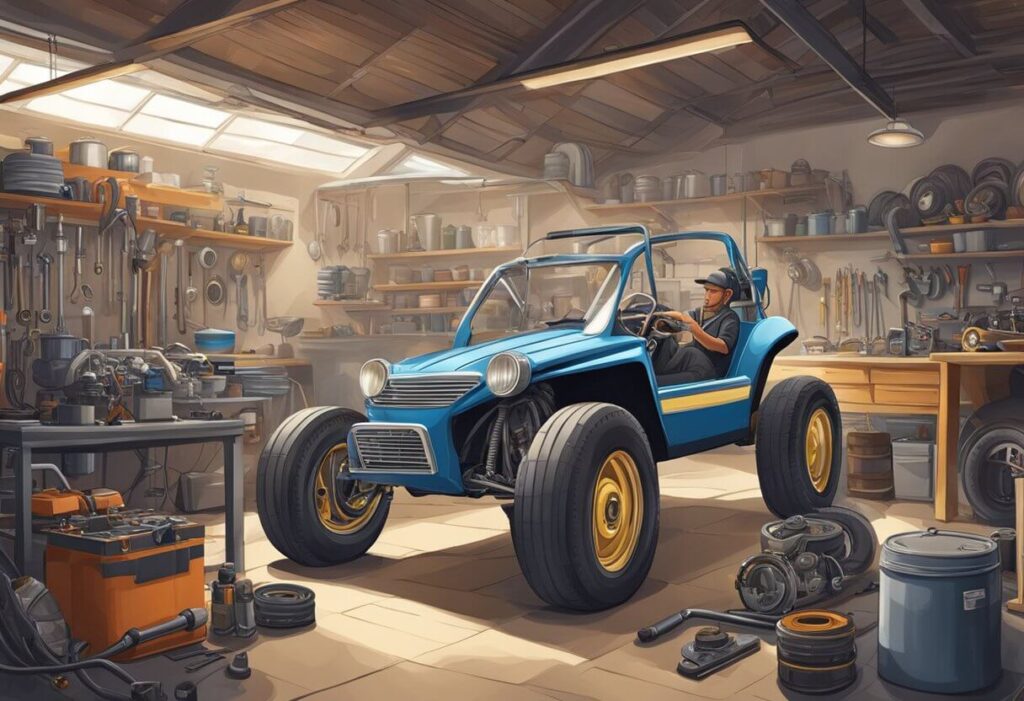
Routine Maintenance
Maintaining the engine of a dune buggy is crucial to ensure its longevity and optimal performance. Routine maintenance should be performed at regular intervals to keep the engine in good condition. Some of the routine maintenance tasks that should be performed include:
- Regular oil changes: Oil is the lifeblood of the engine and should be changed after every 3,000 miles or as recommended by the manufacturer.
- Air filter replacement: The air filter should be replaced every 10,000 miles or as recommended by the manufacturer. A dirty air filter can cause the engine to work harder and reduce its performance.
- Spark plug replacement: Spark plugs should be replaced every 30,000 miles or as recommended by the manufacturer. Worn-out spark plugs can cause misfires and reduce fuel efficiency.
- Timing belt replacement: The timing belt should be replaced every 60,000 miles or as recommended by the manufacturer. A broken timing belt can cause severe damage to the engine.
Troubleshooting Common Issues
Despite proper maintenance, some issues may arise with the engine of a dune buggy. Here are some common issues and their possible causes:
- Engine overheating: Overheating can be caused by a leaking radiator, low coolant level, or a malfunctioning thermostat.
- Engine misfiring: Misfiring can be caused by worn-out spark plugs, a faulty ignition coil, or a clogged fuel injector.
- Engine stalling: Stalling can be caused by a clogged fuel filter, a malfunctioning fuel pump, or a faulty ignition switch.
If any of these issues arise, it is recommended to take the dune buggy to a qualified mechanic for diagnosis and repair. Regular maintenance and prompt repair of any issues can help to ensure the engine of a dune buggy runs smoothly and reliably.
Engine Modifications and Upgrades
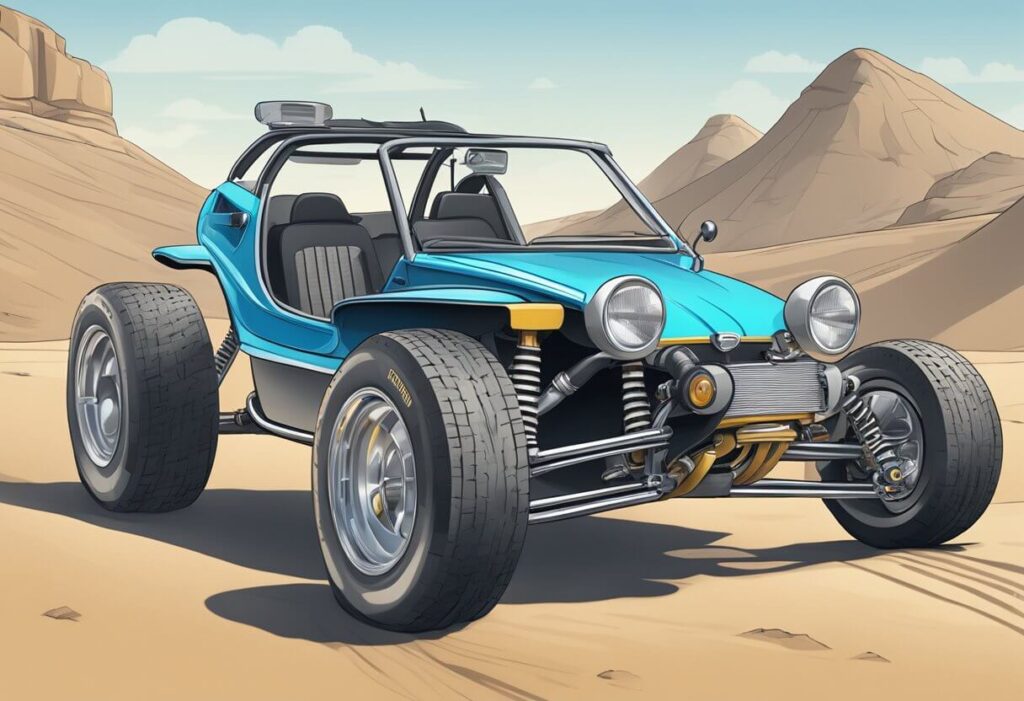
Performance Enhancements
When it comes to enhancing the performance of a dune buggy VW engine, there are several modifications that can be made. One of the most popular modifications is to increase the engine’s displacement. This can be done by installing a big bore kit, which will increase the size of the engine’s cylinders. Another popular option is to install a performance camshaft. A performance camshaft will increase the duration and lift of the engine’s valves, allowing more air and fuel to enter the combustion chamber. This can result in a significant increase in horsepower.
Another way to enhance the performance of a dune buggy VW engine is to install a performance exhaust system. A performance exhaust system will allow the engine to breathe more freely, which can result in increased horsepower and torque. Additionally, a performance exhaust system can give the engine a more aggressive sound, which many dune buggy enthusiasts find appealing.
Engine Swaps
For those who are looking for even more performance, an engine swap may be the way to go. One popular engine swap is to install a Subaru EJ25 engine. The EJ25 is a four-cylinder engine that is commonly found in Subaru vehicles. It is known for its reliability and performance, and it can provide a significant increase in horsepower over a stock dune buggy VW engine.
Another popular engine swap is to install a Volkswagen Type 4 engine. The Type 4 engine was used in VW buses and other vehicles in the 1972s-1979s. It has a larger displacement than the stock dune buggy VW engine, and it can provide a significant increase in horsepower and torque.
Aftermarket Parts
There are also a variety of aftermarket parts available for dune buggy VW engines. One popular option is to install a performance carburetor. A performance carburetor will allow more air and fuel to enter the engine, which can result in increased horsepower and torque. Additionally, a performance carburetor can improve throttle response and acceleration.
Another popular aftermarket part is a performance ignition system. A performance ignition system can provide a hotter spark, which can result in improved combustion and increased horsepower. Additionally, a performance ignition system can improve throttle response and acceleration.
Installation and Mounting of VW Engines in Dune Buggies

Installing and mounting a VW engine in a dune buggy is a common practice among enthusiasts. The process involves several steps, including removing the old engine, installing the new engine, and mounting the engine to the chassis.
Firstly, the old engine needs to be removed from the dune buggy. This can be done by disconnecting the fuel lines, wiring, and exhaust system from the engine. The engine can then be unbolted from the transmission and lifted out of the buggy.
Once the old engine is removed, the new VW engine can be installed. This involves bolting the engine to the transmission, connecting the fuel lines and wiring, and mounting the exhaust system. Some enthusiasts may also choose to install additional components, such as an alternator or electronic ignition system.
Finally, the engine needs to be mounted to the chassis. This involves using engine mounts to secure the engine to the buggy. The engine mounts should be positioned in a way that ensures the engine is level and balanced.
The installation process for a VW engine in a dune buggy can differ depending on the specific models used. It’s advisable to reference mounting instructions tailored to your dune buggy and engine combination.
Consulting a professional mechanic familiar with integrating VW powerplants into custom buggies is also wise to ensure proper fit and function. Following guides optimized for your vehicles streamlines the swap and prevents oversights when mating these high-performance parts.
Safety and Legal Considerations
Regulatory Compliance
When it comes to dune buggies with VW engines, it is important to ensure that they comply with all relevant regulations. In the United States, the Department of Transportation (DOT) and the Environmental Protection Agency (EPA) have specific requirements for vehicles that are used on public roads.
One of the key requirements for a street-legal dune buggy is the inclusion of necessary safety features such as headlights, brake lights, turn signals, seat belts, mirrors, horn, speedometer, and DOT-approved tires. Additionally, the dune buggy must meet emissions standards set by the EPA.
It is important to note that regulations vary by state, so it is a good idea to check with the local DMV to ensure that the dune buggy meets all necessary requirements.
Safety Inspections
In addition to regulatory compliance, it is also important to ensure that the dune buggy is safe for use on public roads. A safety inspection can help identify any potential issues with the vehicle that may compromise its safety.
During a safety inspection, a trained mechanic will check the brakes, steering, suspension, tires, and other key components of the vehicle. They will also check for any signs of wear and tear or damage that could affect the vehicle’s performance.
It is recommended that dune buggy owners have their vehicles inspected regularly to ensure that they are safe for use on public roads. This can help prevent accidents and ensure that the vehicle is in good working order.

